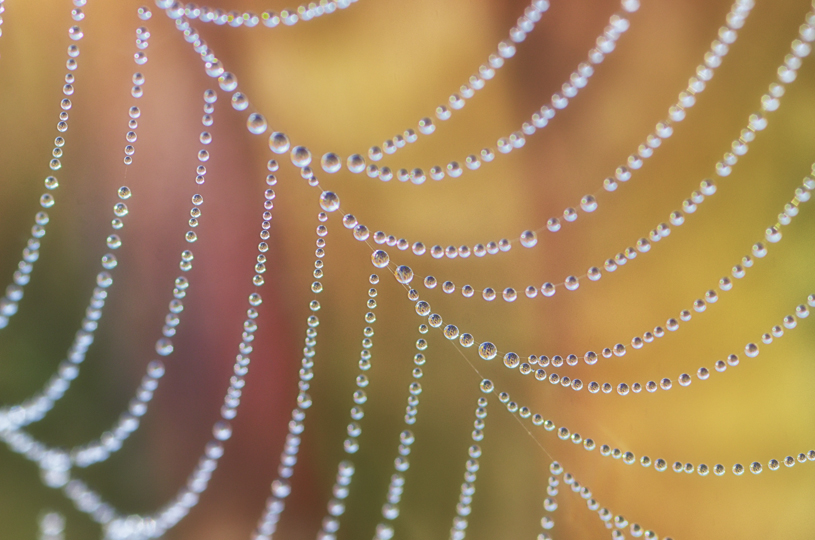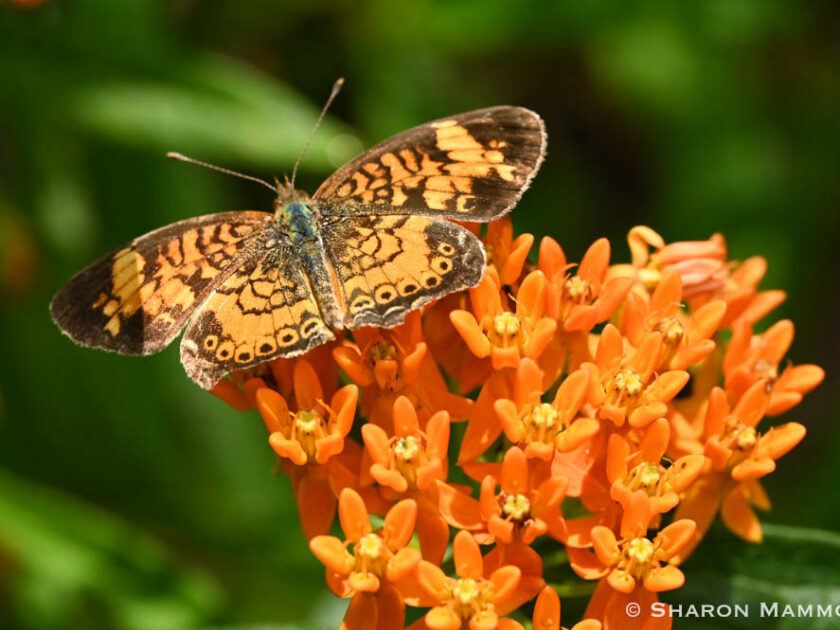For the past few weeks I’ve been spending all of my free time reading about Lepidoptera. This is the order that both butterflies and moths belong to. It’s all in preparation for a class I am teaching at The Asheville Botanical Gardens on Monday, July 8th at 6pm. It’s part of a year-long Pollinator Advocate Series sponsored by Bee City Asheville. (Click here to register) I’m SUPER excited about my class and sharing all that I’ve learned. There are so many interesting things to discover about these insects that share our outdoor spaces with us and bring us joy. What’s more relaxing than sitting outside surrounded by flowers buzzing with activity– from bees, beetles, butterflies, and even some day-flying moths?
Here are five things that might surprise you about butterflies:
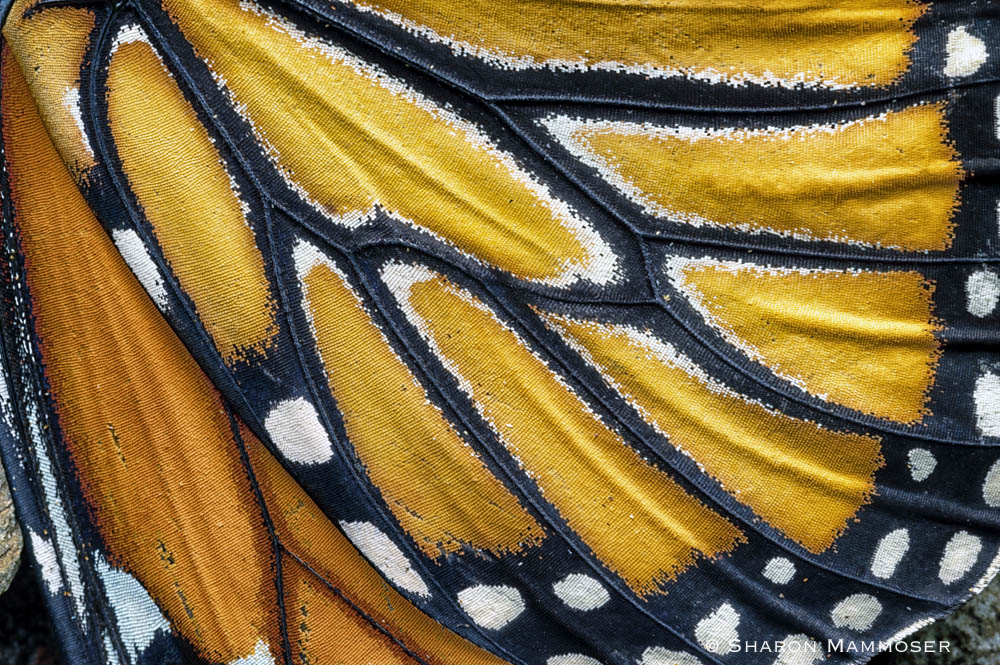
- The wings of butterflies are covered with thousands of tiny, overlapping scales, like shingles on a roof. These scales are like a raincoat, keeping them dry on wet days. The scales also are easily detachable, making it easier to get out of a spider web should they find themselves suddenly trapped.
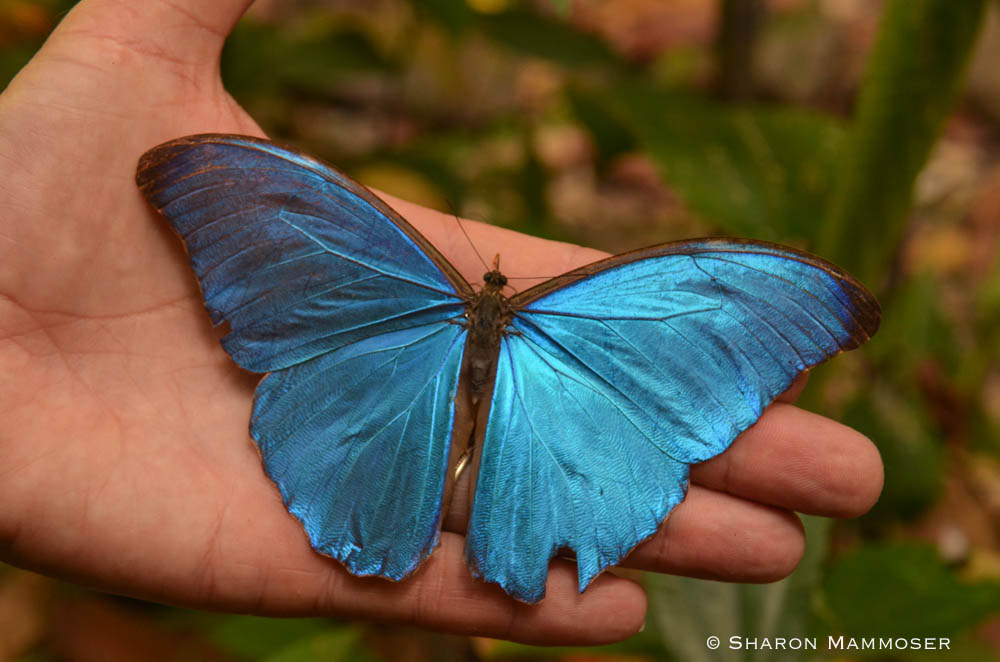
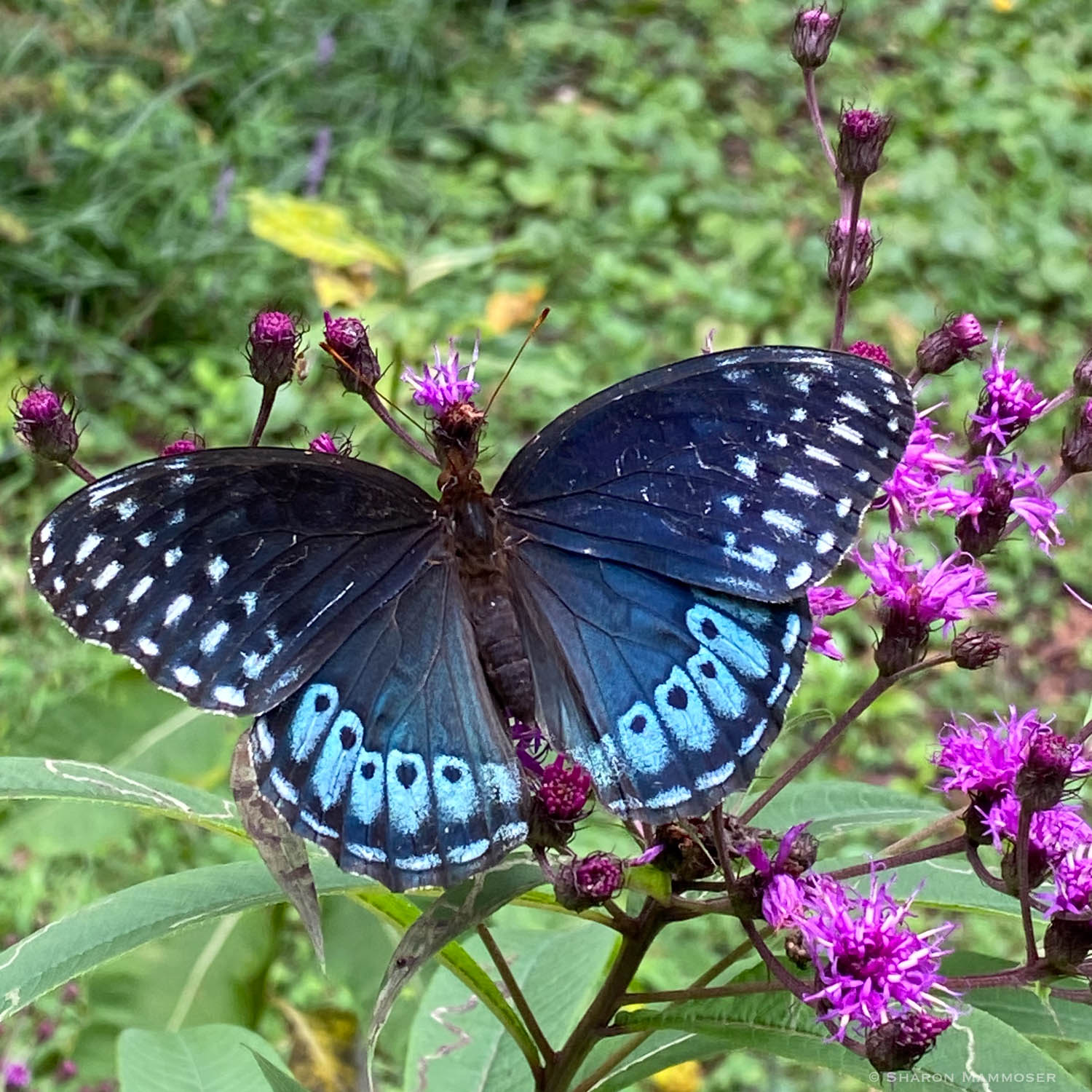
2. The color blue, such as on the blue morpho butterfly in Costa Rica, or our female tiger swallowtail, is not the result of pigment, but of structure. Bird feathers are also devoid of blue pigment. The color blue that you see is from the way the light hits the feathers, and can vary depending on the angle of the sun/light that is shining on the bird or moth.
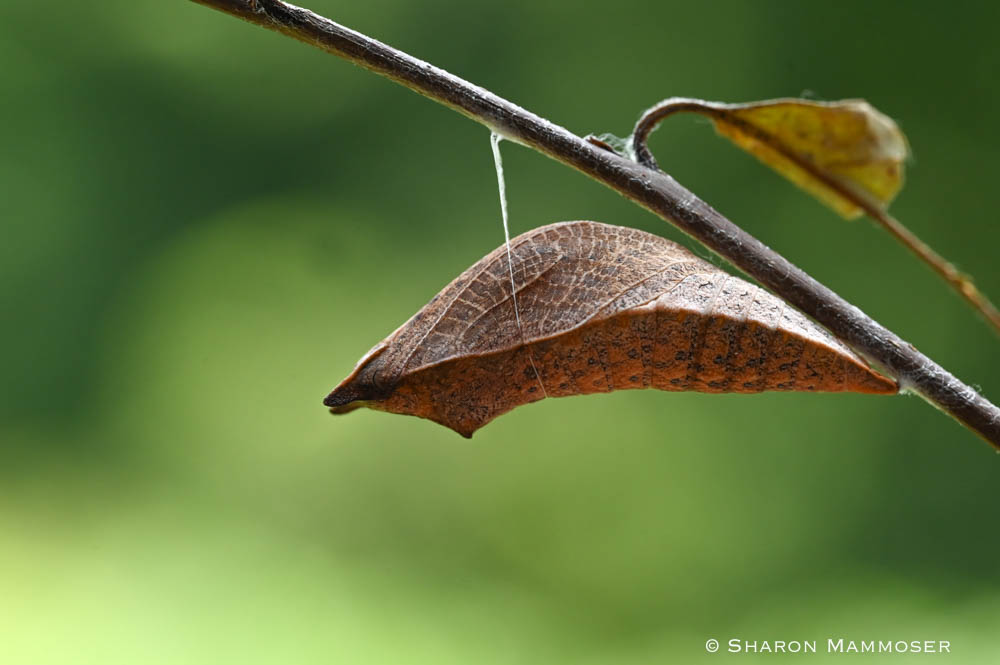
3. Ever wonder how butterflies overwinter? Well it varies with species, but they can overwinter in ALL forms, including as an egg, larva, pupa/chrysalis, or even as an adult. Banded hairstreaks, and karner blues overwinter in the egg stage, while mourning cloaks overwinter as adults. Most butterflies overwinter in the pupa, or chrysalis stage. Amazingly, viceroys, and Baltimore checkerspots overwinter as a caterpillars, usually spending the frigid days curled up on a fallen leaf of their host plant, or down in the leaf litter. They are able to do this because of an anti-freeze-like substance in their bodies that prevents them from freezing.
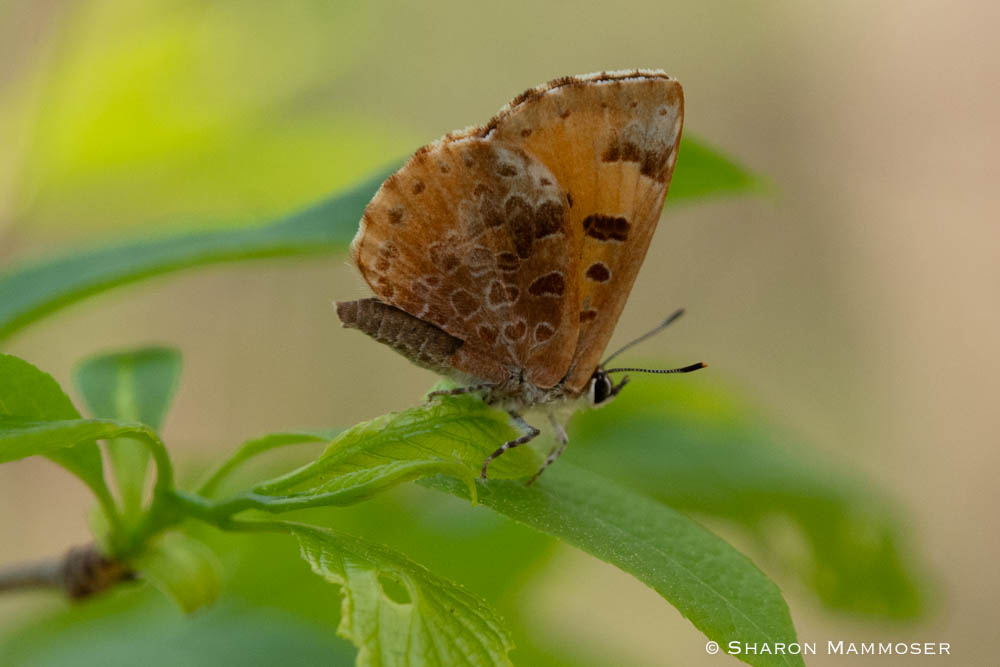
4. Most butterflies feed on nectar from flowers, but the harvester butterfly feeds on wooly aphid honeydew–which is a sugary liquid produced by aphids! ! And even more strange– its caterpillars are carnivorous, feeding on wooly aphids, usually found on twigs of beech or alder. They are the only carnivorous caterpillars in North America.
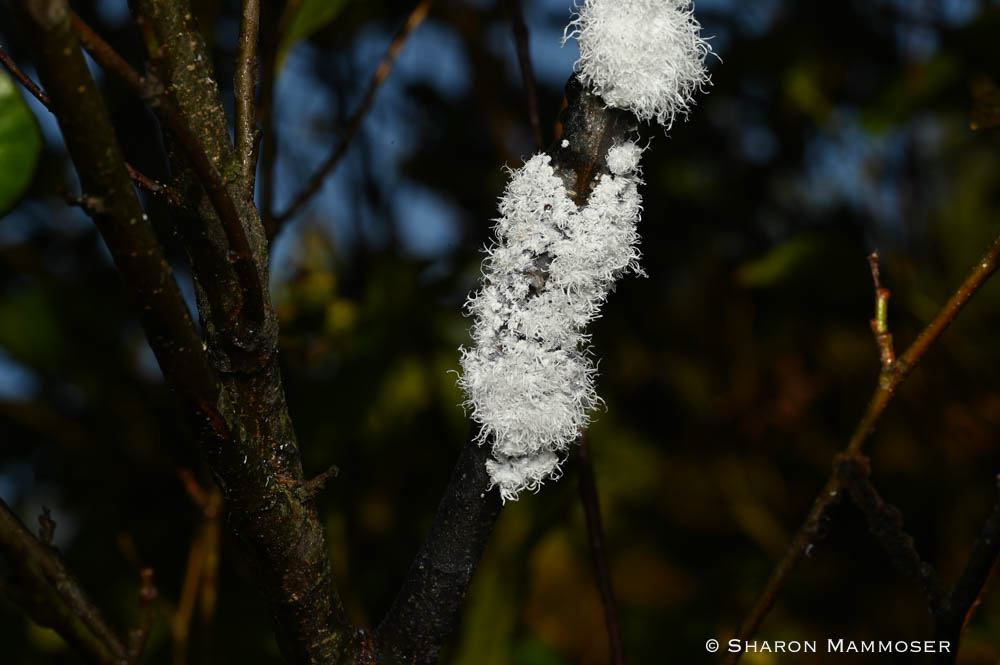
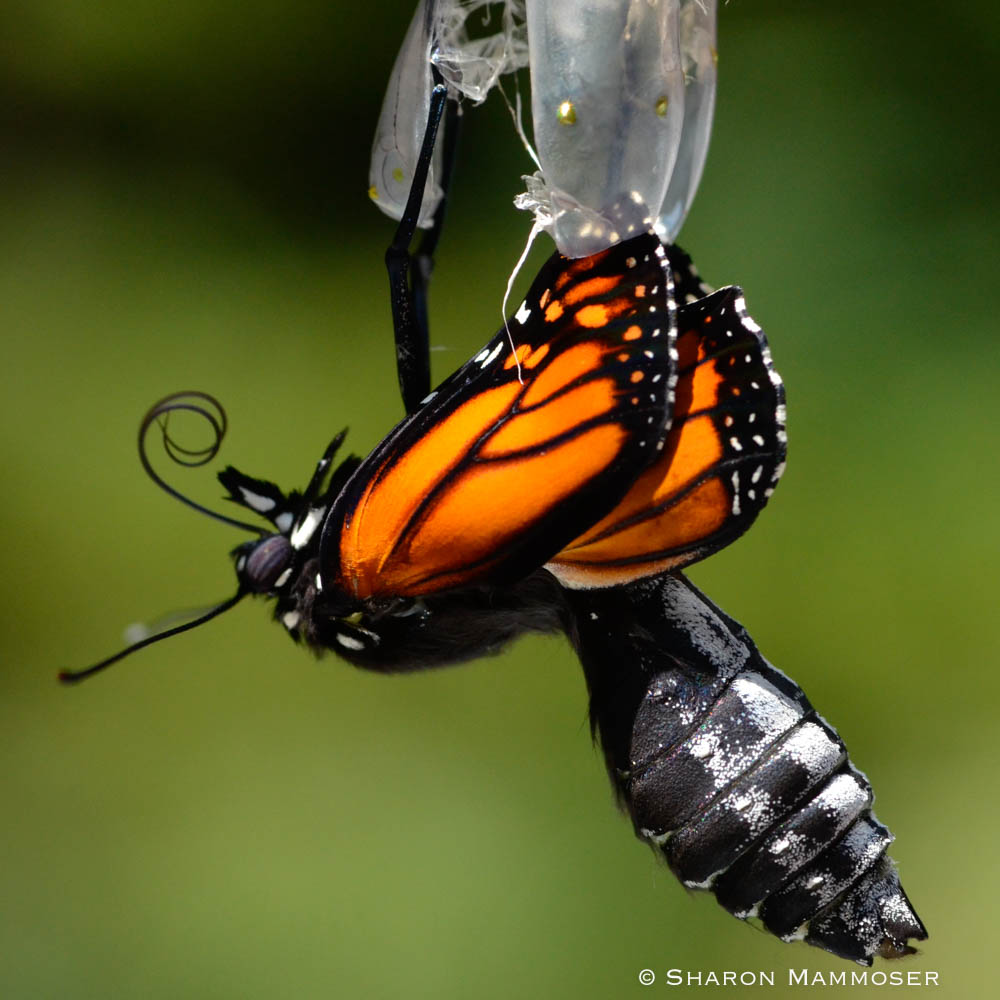
5. When a butterfly first ecloses from its chrysalis, it has to zip the two parts of its tongue together before it can drink nectar. If you’ve ever watched one emerge, you may have seen it fiddling with its long proboscis, not knowing what it was doing. You can watch a red-spotted purple eclosing here! Or a monarch eclosing here!
As with all of nature, the more I know, the more I realize I need to know!! There are so many interesting and amazing adaptations that sometimes I can spend hours just learning. I hope you have learned something too!
I also hope to see you at the Pollinator Advocate Series class on Monday that I’m teaching! Click here to register.

